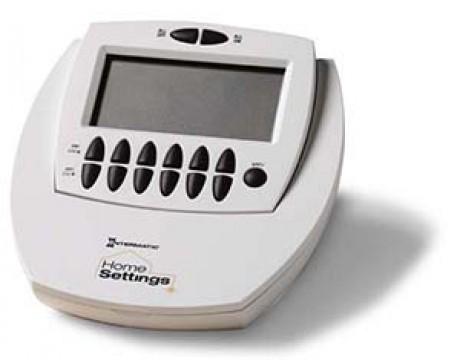Types of automatic lighting controls

Whether you can't train your kids to turn out lights when they leave a room or need a better outdoor lighting scheme, automatic controls might be a cost-effective solution.
No matter what type you use, the most important thing to remember for any lighting control is to use a type of lightbulb that doesn't need to "warm up." All of the lightbulbs for residential use now on the market will work — incandescents, compact fluorescent lamps (CFLs), and LEDs (light-emitting diodes).
Indoors
Occupancy sensors that activate when people are near them are helpful indoors, as long as they're positioned to detect people in any corner of the room. They're also good as task lighting — above places like a desk or kitchen sink — so you get the extra light you need while working, but you don't forget and leave it on all night. They are two types of occupancy sensors: ultrasonic and infrared. Ultrasonic sensors detect sound; infrared sensors detect heat and motion.
Timers make an empty home look occupied. If kids are still running in and out, however, timers aren't as effective as occupancy sensors. Plug timers into a wall outlet or install them in the wall, like a light switch or thermostat. New varieties are digital.
Photosensors are generally best outdoors, but new applications have found they're also useful for LED nightlights. When an overhead light is on, the nightlight shuts off automatically.
Central lighting controls are another efficient way to reduce lighting costs. The potential energy savings from installing even a simple central lighting control system are more than most people realize. Just count the lights in a typical home. If a lighting control system allows you to conveniently switch lights on only when needed, your total lighting use reduces greatly. Most lighting control units use very little electricity themselves.
Outdoors
If you already have or are thinking about installing an outdoor security light, consider combining it with a photosensor to keep it from burning all day. A motion sensor goes one step further, if you don't want continuous light.
Timers are commonly used for aesthetic or holiday lighting, sometimes in conjunction with a photosensor — so they turn on at dusk and turn off at a designated time.
Visit TogetherWeSave.com to learn more about energy efficiency in your home.
-
Share this story:


